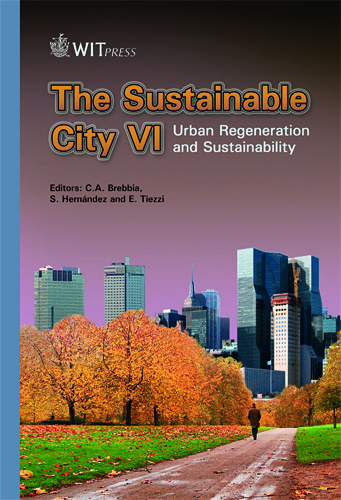Local Use Of Front And Backyard Medicinal Species – A Comparative Study In Six Latin American Cities
Price
Free (open access)
Transaction
Volume
129
Pages
10
Page Range
637 - 646
Published
2010
Size
697 kb
Paper DOI
10.2495/SC100541
Copyright
WIT Press
Author(s)
I. M. Madaleno
Abstract
Native trees and medicinal herb species are essential components in Latin American front and backyards. They can be found as hedges and flourishing bushes in gardens, in small vases on terraces and balconies, in vacant urban plots, in peripheral lots and farms. They constitute a valuable resource for lowincome residents and alternative medicine for many. Central markets and weekly fairs additionally provide a wide variety of species used in mild or chronic diseases therapies, broadly appreciated by Latin American citizens. This comparative study was carried out in Lima (Peru), Santiago (Chile), Belem (Brazil), Havana (Cuba), San José (Costa Rica) and Mexico City (Mexico) for over a decade. The objective of the present ethno-geographic study is to analyze traditional ecological knowledge both because garden biodiversity preservation is crucial for a healthy urban environment and because traditional healing practices and ethno-botanical knowledge are an important legacy for future generations. Keywords: natural resources, local knowledge, Latin America. 1 Introduction A fundamental part of the Portuguese Tropical Research Institute‘s (IICT) work has consisted of investigation of ancestral traditions still followed in indigenous communities today. The medicinal plants research has been focused on a set of traditional healing techniques, using herbal preparations disseminated at
Keywords
natural resources, local knowledge, Latin America





